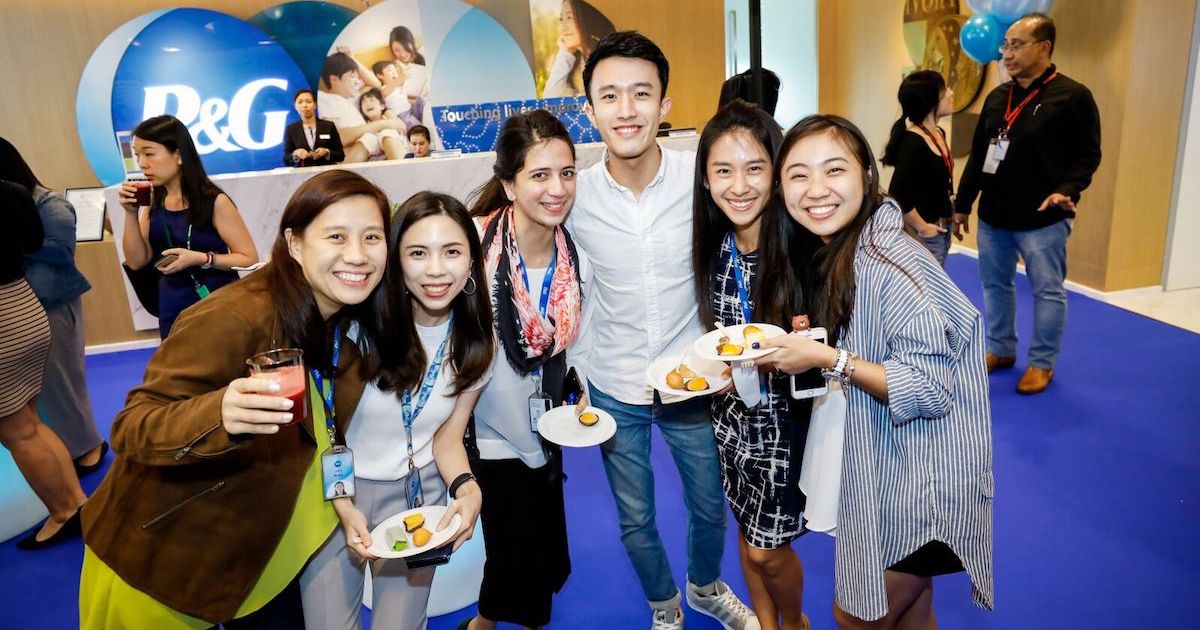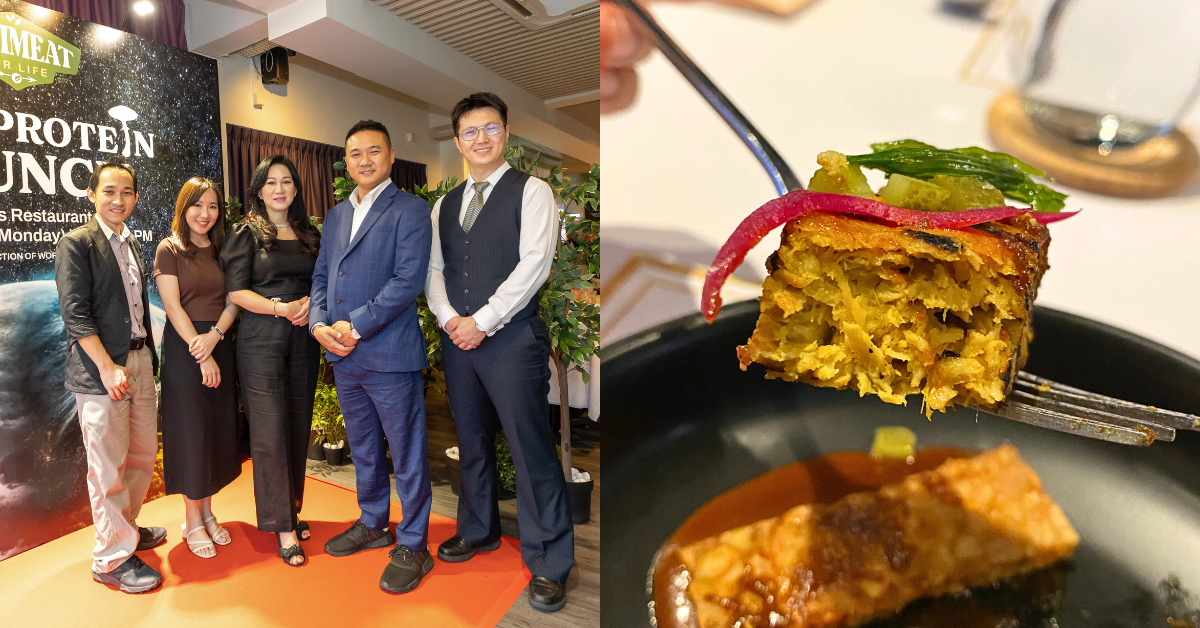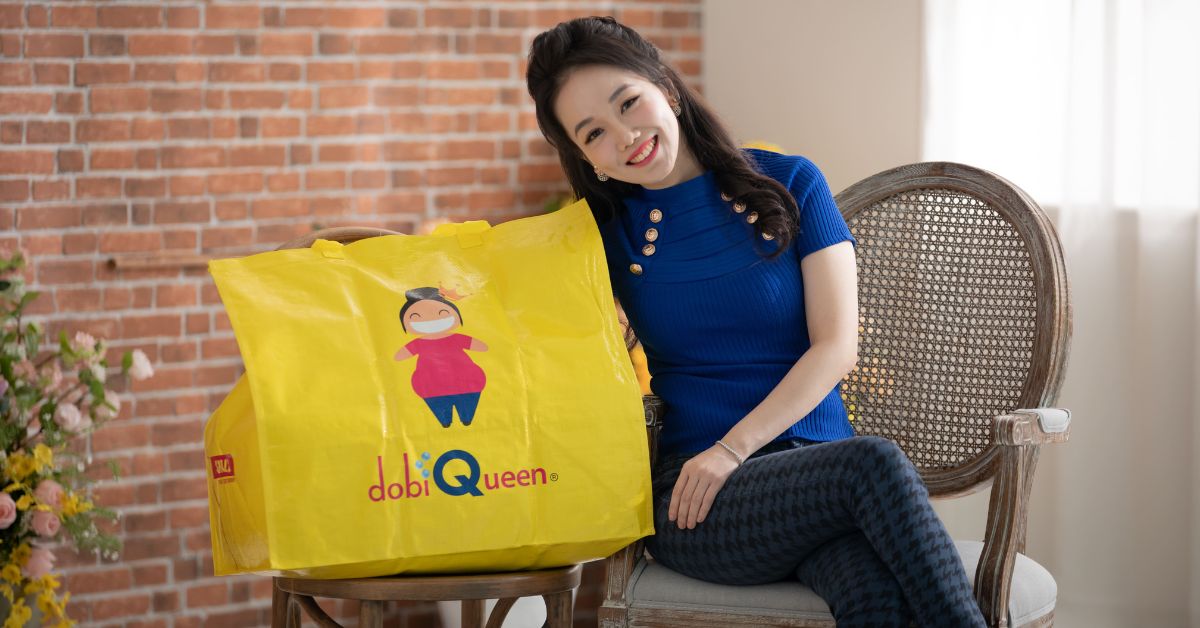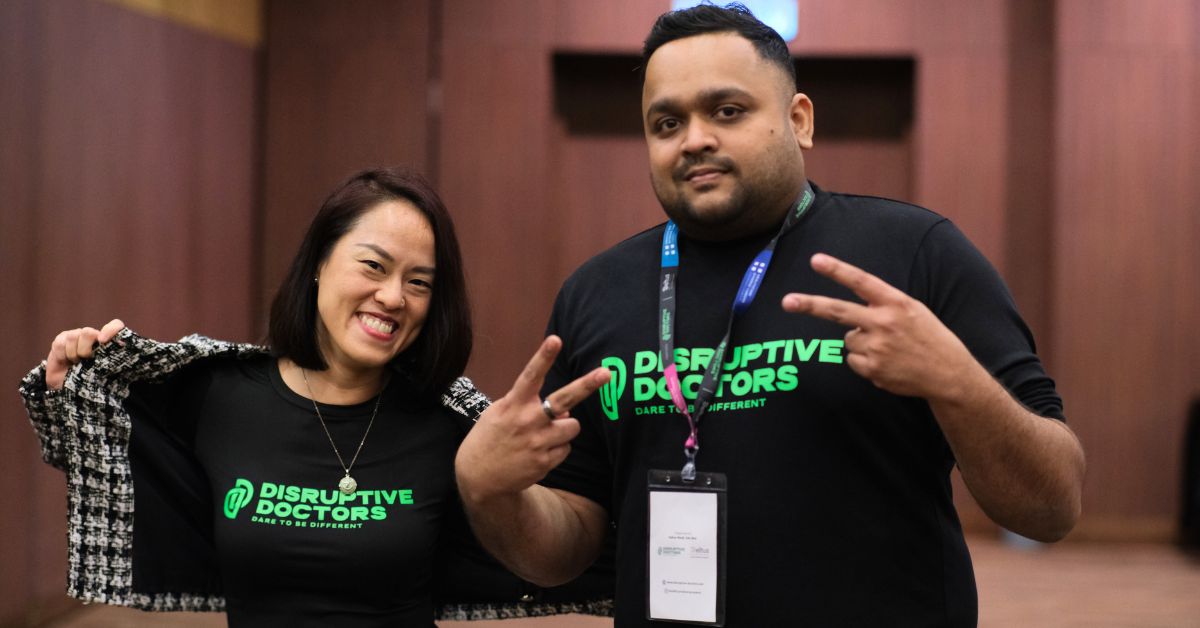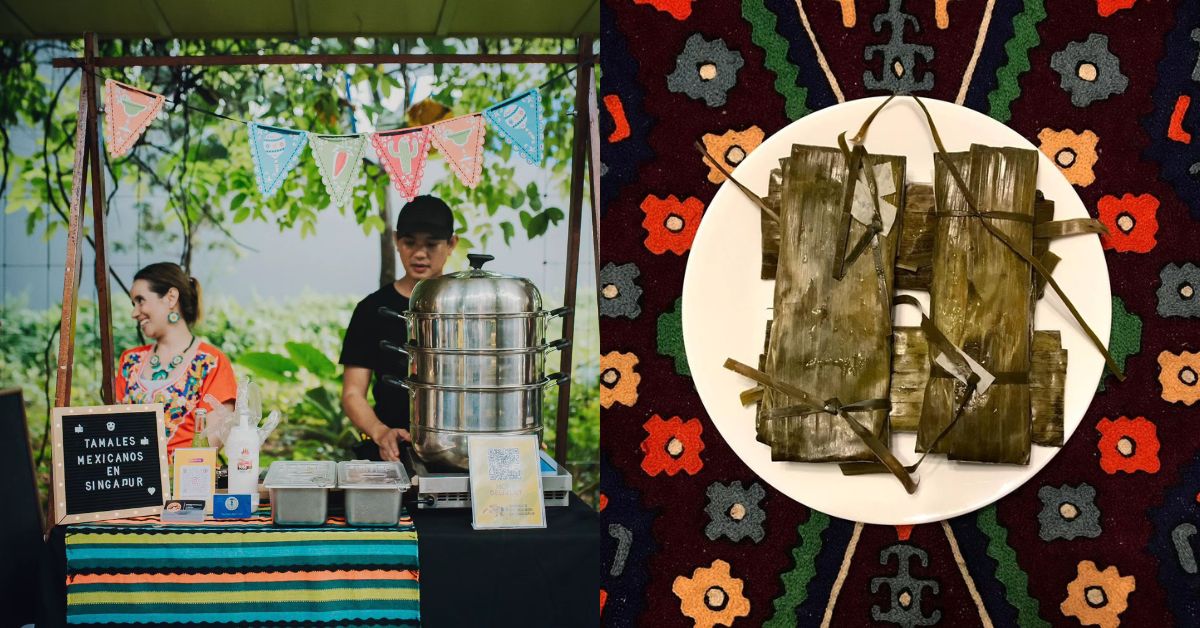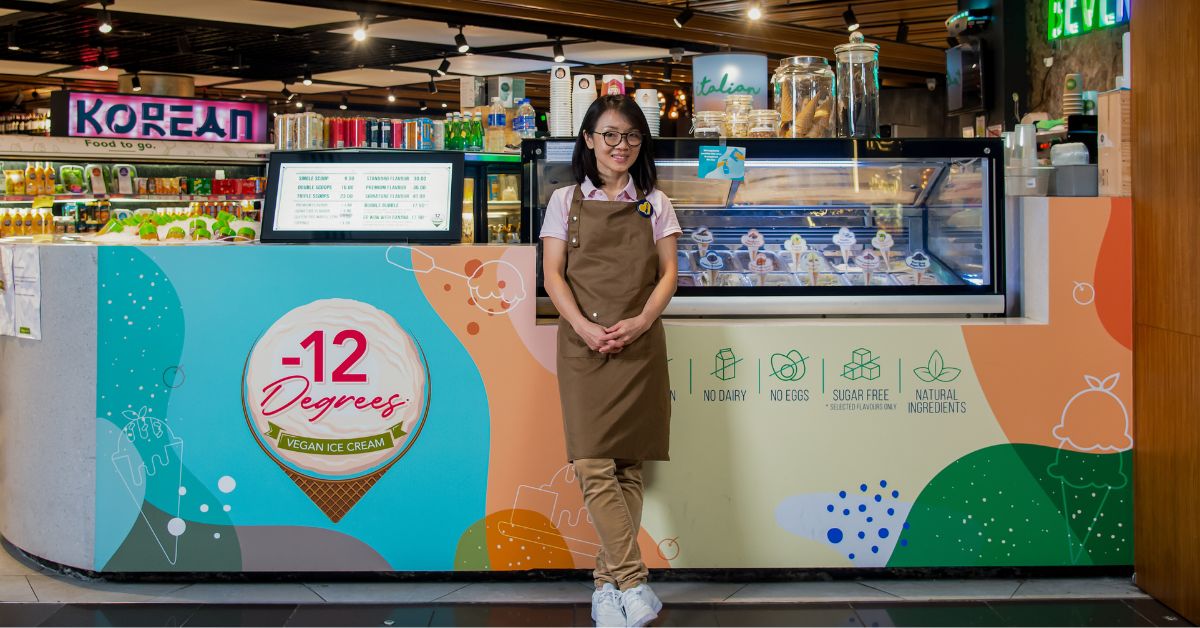Companies typically don’t open their innovation centres and reveal their cutting-edge technology to outsiders, but P&G gave us a peek at theirs under an NTUC programme to help working people progress in their careers.

Called the Innovation Exchange (IEX), this initiative is an extension of NTUC’s U Future Leaders Exchange (UFLX) Programme, which has bite-sized workshops, learning journeys and networking events for people who sign up.
In a dialogue with NTUC Secretary-General Chan Chun Sing with 1,200 PMEs at the U Future Leaders Summit 2017, the consensus among participants was that the next generation would have as many as 10 jobs over their careers, with time and money being major obstacles to preparing for their next job.

Time-strapped working people can pick and choose from UFLX’s micro-learning programmes to gain future-ready skills, develop their careers and keep abreast of market developments, as Industry Transformation Maps (ITMs) are gradually rolled out.
Working people can also look forward to more tailored UFLX programmes that the Labour Movement network will create to address skills gaps, which are timely, relevant and doesn’t cost a bomb.

For example, Innovation Exchange participants had the opportunity to visit several companies – Dentsu Aegis Network, DHL, Intel, Unilever, Microsoft Singapore, Procter & Gamble (P&G), MasterCard and 3M.
Participants could engage with key innovators in roundtable sessions on identifying and managing potentially disruptive innovations, and see the labs where development of new products are carried out.
This is my experience visiting the Singapore Innovation Centre (SGIC) of Procter & Gamble (P&G), where their hair care, skin care and fragrance products are innovated for the global market.
1. Innovation Has Kept P&G Relevant For Decades
P&G has established itself in 1837, which means that it has been 180 years since the FMCG company gained a foothold in the industry.
From their early years of making soap and candles, to creating shampoos, shavers, and even more today, P&G has been constantly innovating to make everyday life better for their consumers.
“Innovation has always been in our DNA. It’s how we drive growth, prevent the commoditisation of categories, reduce costs, and deliver value,” said James Kaw, Director of P&G’s Singapore Innovation Centre (SGIC).

The company spends nearly US$2 billion annually on R&D. And each year, it invests at least another US$400 million in foundational consumer research to discover opportunities for innovation.
Kaw strongly believes that innovation starts with the consumer itself and as such, P&G places a huge focus on gaining insights into consumers’ everyday lives so they can combine “what’s needed” and “what’s possible”.

As such, P&G ropes in consumers in their product development process. It invites a group of consumers to its Consumer Lab – housed in its Singapore Innovation Centre – so that P&G researchers can observe how they use the products in a regular, everyday setting.
Ultimately, their goal is to offer consumers product options at all pricing tiers to drive preference for their brands and provide meaningful value.
2. Customise For Your Customer
At P&G, the innovation efforts are focused on the needs and demands of the customer, especially since customer needs tend to constantly evolve.
If you’re the first to identify this gaping consumer need, you will have an advantage in the marketplace.
Kaw also pointed out that businesses must also innovate their products according to customer habits.
Citing Pampers – their first 10-billion-dollar brand – as an example, Kaw said the product is reinvented based on the target market.

“In the US, Pampers is a tape diaper because parents typically change diapers on a changing table. But in Japan, the babies’ diapers are changed on a ‘tatami’ (traditional Japanese mat),” said Kaw.
“Since it’s done on the floor, babies tend to run around the room, which makes it harder for the parents to put on the diapers. And that’s why we’ve come up with pull-up diapers for this group of consumers.”
3. Diversity Is Strength

In Asia, P&G hires 10,000 staff from 70+ countries of origin, with three innovation centres spread across the region, including Singapore.
With over 61 nationalities, their 7,000-strong R&D team (of which 1,000 are in Asia) adopts a very diverse thinking.

A different set of eyes will lend different perspectives, and a diverse organisation will always be more innovative than a homogenous organisation.
“We need to be open to different thinking and most importantly, create an environment where people are able to say what they think. A new idea can trigger another idea, possibly creating a solution that no one has thought about; and this paves the way for innovation.”
4. Protect Your Innovation
How does P&G work on preserving innovation? Patents.
So far, it has secured 55,000 patents globally.

“Novel ideas that are superior to existing solutions is the basis of a strong foundation; and patent is an important way for us to protect the novelty of this idea.”
Kaw emphasised that these novel ideas, or “inventions”, need to be consumer-centric to be considered of value.
He pointed out that “inventions are worthless if you cannot translate it into consumer need. You need to show why it’s important.”
5. P&G = Persistence And Grit Against The Odds

“As you innovate, you are bound to face challenges or experience failures. And usually when you have a new idea, people will shoot you down and say that it will not work. That’s why you need persistence and grit – that’s what P&G stands for,” said Kaw.
“How you deal with failure will determine your success. If you get disheartened by failure and you spiral down, that’s not going to be helpful. You need to have the ability to pull yourself up and keep going. That’s how you can continue to innovate,” he added.

But how does P&G assess this intangible trait of persistence and grit in interviews?
“What you do in the past will always be a reflection of your future. Our interview processes is very much focused on what you’ve done in specific areas, your learnings, and how you define the problems. These are the areas we look out for during interviews and it helps us frame the ‘fit’ of the people”.
“Some people may or may not fit with P&G. Ultimately, we look for people who have technical aptitude, ownership (to own the problem and look for solutions), confidence, and very engaging attitudes.”
6. Note To All Bosses: Invest In The Right People
For generations, P&G created most of its phenomenal growth by innovating from within – building global research facilities, and hiring the best talents.
People are our assets.
“P&G is a culture that is very different from most organisations. We only promote from within so it is incredibly important for us to invest in people – to develop the best and to retain the best. If we don’t do that, it takes a long time to replace them.”

According to Kaw, P&G invests heavily in training and development, and spends 30,000 hours on just training.
“Training is very important. We look at building the business as equally important as building the organisation, and provide training based on the context of the job.”
70% of learning needs to happen on the job, 20% from your coaches and mentors, and maybe 10% in the classroom environment.
P&G regularly provides training so their employees can be exposed to different environments, capabilities, people, and more importantly, different projects.
For instance, it has sent over 50 people to its innovation centres outside of Singapore to learn and get hands-on experience so they can come back and share their knowledge with their peers here.
Knowledge-sharing is a very important work culture in P&G.
Every Tuesday, P&G holds ‘Learning Tuesdays’ for its employees, whereby one of their leaders or scientists will present a variety of topics – from technical topics, business topics, and capability topics.
The upper management will also be present to shed some perspectives during the Q & A so they can build on each other’s knowledge and insights.
“We try to create an environment where learning is expected, and often encourage them to engage and learn new things so they can co-create solutions and create a stronger impact. When you share, you will have a better understanding of the topic and by interfacing with other people, you will learn new things as well.”
“Learning is your responsibility, and we are just making it easier for you to learn in a very informal setting at P&G. Learning Tuesdays takes place during lunchtime, so there is no reason why they cannot come,” said Kaw with a laugh.
7. Create Ground-Up Initiatives To Groom Future Leaders
Besides Learning Tuesdays, internship programmes are also an important aspect of knowledge-sharing.
To date, P&G has engaged with local polytechnics, universities and various organisations, including NTUC, to foster a very active exchange.
They have also partnered with A*STAR to organise a one-north festival to inculcate STEM learning among students, and often organise workshops to showcase how science is used in consumer products.

“We support the government’s thrust to continue grooming future leaders. We think that partnering NTUC would be an important step that would allow us to be part of nation-building and I think a healthy Singapore would help create a good environment for our company as well.”
“It’s a win-win situation at the end of the day.”
—
The Labour Movement is creating relevant bite-sized, just-in-time learning opportunities for union members with programmes like U Future Leaders Exchange (UFLX) via its extensive network to help you progress in your career.
Featured Image Credit: P&G
